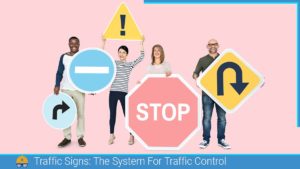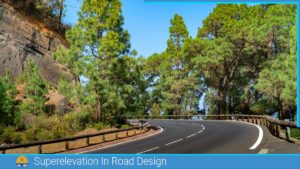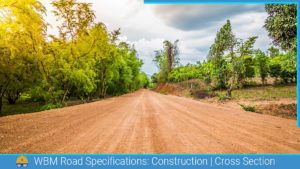Traffic islands
Traffic islands are raised or elevated sections of roadways designed to create physical separations or channels for guiding vehicular traffic. These islands are typically located within the roadway itself and serve various purposes, including directing traffic flow, providing safe crossing points for pedestrians, and enhancing traffic safety and management at intersections. Traffic islands can vary in size, shape, and design and are strategically placed to improve road safety and regulate the movement of vehicles in urban and suburban environments.
Types of traffic Islands
The traffic islands may be classified based on their function:
- Divisional islands
- Channelizing islands
- Pedestrian loading island
- Rotary island
Divisional Islands
Divisional islands serve the crucial purpose of segregating opposing traffic streams on highways boasting four or more lanes. This ingenious design effectively splits the highway into two one-way road sections, thereby eradicating the risk of head-on collisions and, generally, reducing the occurrence of other accidents as well. To optimize their functionality, it’s imperative that the width of these divisional islands be substantial, particularly to diminish headlight glare during nighttime driving. Furthermore, the height of the kerb should be sufficient to deter vehicles from inadvertently encroaching onto these islands.
Channelized Islands
Channelized islands play a vital role in directing traffic into the correct lanes within an intersection. These islands serve as highly effective traffic control tools, especially in sizable intersection areas at grade. The dimensions and configuration of channelized islands will naturally differ based on the unique layout and size of each intersection. Designing these islands effectively demands significant professional expertise and skill.
Failure to properly design and position these islands can potentially lead to traffic rule violations, thereby increasing the risk of accidents and hazards.
Also, read: Traffic Signs: The System For Traffic Control
Pedestrian Loading Islands
Pedestrian loading islands serve as essential safety features at routine bus stops and other comparable locations, safeguarding passengers. When situated at or near a crosswalk to assist and shield pedestrians navigating the roadway, they are often referred to as pedestrian refuge islands. In scenarios where individuals need to cross multi-lane highways, a pedestrian refuge island becomes especially advantageous after two or three lanes.
Additionally, the portion of the road adjacent to the curb, designated for the use of a stationary bus, can be designated as a bus curb loading zone. This allocation helps ensure the smooth and secure embarkation and disembarkation of passengers.
Rotary Island
The rotary island, situated at the heart of a rotary intersection, stands as a prominently elevated central feature, significantly larger than the centre island found in a channelized intersection. Often adorned with landscaping and decorative elements, it plays a pivotal role in regulating traffic flow by guiding vehicles to circulate around it in a counter-clockwise direction.
To optimize traffic manoeuvres within the rotary, the act of crossing is strategically transformed into a weaving motion, facilitated by the provision of ample weaving length.

Functionality of Traffic Island
Traffic islands serve several important functionalities in road and traffic management:
- Traffic Flow Direction: Traffic islands are used to guide the flow of vehicles in a particular direction, especially at intersections and roundabouts. They help streamline traffic movements and reduce the risk of accidents.
- Lane Separation: They create physical barriers between lanes of traffic, preventing vehicles from crossing into adjacent lanes and reducing the likelihood of collisions.
- Pedestrian Safety: Traffic islands often feature pedestrian crosswalks and refuge areas, providing safe spaces for pedestrians to cross multi-lane roads. They enhance pedestrian safety by breaking up the crossing into manageable stages.
- Traffic Calming: Islands can be used as a traffic calming measure by narrowing the roadway, forcing drivers to slow down. This is particularly effective in residential areas to deter speeding.
- Traffic Control Devices: Traffic islands often house traffic control devices such as traffic signals, stop signs, and street signs, ensuring drivers are aware of and adhere to traffic regulations.
Also, read: WBM Road: Specifications | Construction | Typical Cross Section
FAQs:
Q: What is a pedestrian refuge island?
Ans: A pedestrian refuge island is a type of traffic island designed to provide a safe place for pedestrians to stop while crossing a multi-lane road. It allows pedestrians to cross one direction of traffic at a time, reducing exposure to vehicles.
References:
- Khanna, S.K., & Justo, C.E.G. (1971). Highway Engineering (8th ed). Roorkee (U.A.): Nem Chand & Bros. https://www.google.bt/books/edition/Highway_Engineering/CYOeQwAACAAJ?hl=en
![]()







